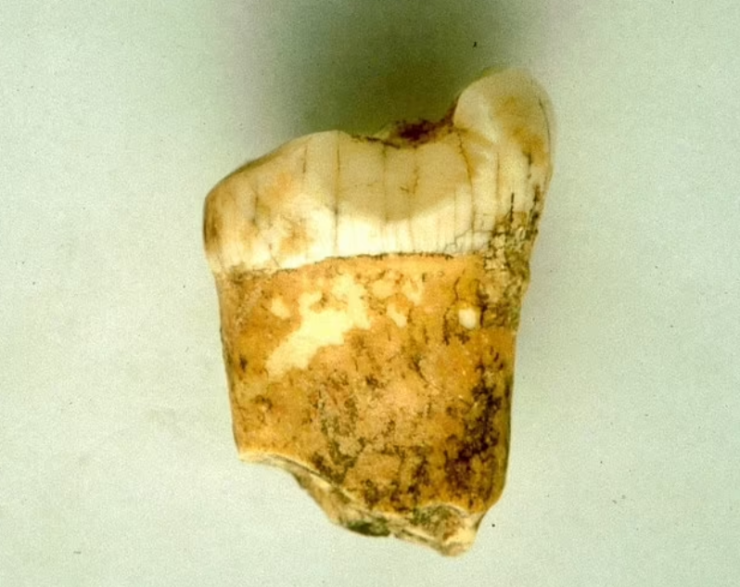The position of Neanderthals in the food chain has been determined for the first time by scientists using zinc isotope analyses.
Still scientific disagreement exists on the diets of the Neanderthals (Homo neanderthalensis), one of our closest extinct human cousins.
Some analyses of Neanderthal dental calculus from the Iberian Peninsula in southwestern Europe appear to imply that people there were big plant consumers, although other study conducted outside of Iberia suggests that they ate nearly completely meat.
Now, scientists have examined a Neanderthal molar from the Gabasa excavation site in Spain using new analytical techniques, and their findings point to the possibility that the Neanderthals who lived there were carnivores.
The examination of bone and tooth collagen using nitrogen isotope analysis has been used in the past to determine the diets of Neanderthals. The number of protons in an atom of the same element remains the same, while the number of neutrons varies. These are known as isotopes, and scientists can learn vital information by examining the minor variations in their concentrations.
For instance, the trophic or nutritional level of an organism can be ascertained by analyzing the amounts of nitrogen isotopes in a biological sample. This is because heavier nitrogen isotopes tend to accumulate higher in the food chain because they have more neutrons.
But according to the article published in Cosmos, collagen degrades over time based on climatic and environmental factors, so this method can often only be used in temperate environments and only rarely on samples older than 50,000 years. Nitrogen isotope analysis becomes extremely difficult, if not impossible, when these criteria are not met, as was the case with the molar examined in this work.
As a result, scientists from France’s National Centre for Scientific Research opted to examine the zinc isotope ratios in tooth enamel instead.The tooth’s thin, mineralized outer layer, known as tooth enamel, is significantly more resistant to wear and tear.
Zinc has five stable isotopes, but it’s the ratio of 66Zn to 64Zn (indicating the number of neutrons) that tells scientists whether an animal is an herbivore or a carnivore. The lower the quantities of Zinc isotopes (more 64Zn compared to 66Zn), the more probable the teeth were from a carnivore.
The researchers were able to demonstrate that this Neanderthal was most likely a carnivore by also examining the bones of animals from the same time period and geographic location, including carnivores like lynxes and wolves and herbivores like rabbits and horses.
“Our results demonstrate that the Neandertal individual from Gabasa shows a Zn isotope signature of a top-level carnivore, similar to that observed for nitrogen isotopes for other sites with Neandertal occupation,” the study’s authors wrote. “Of all the animal taxa analysed in Gabasa, the Neandertal specimen easily exhibits the lowest Zn isotope ratio.”
“Our successful analysis of Zn isotopes from a Pleistocene hominin tooth paves the road for a refined understanding of Neanderthal diet.”
The researchers want to repeat the experiment on people from other sites, particularly from the Payre site in southeast France, where new research is under progress, to corroborate their findings.

Top site ,.. amazaing post ! Just keep the work on !